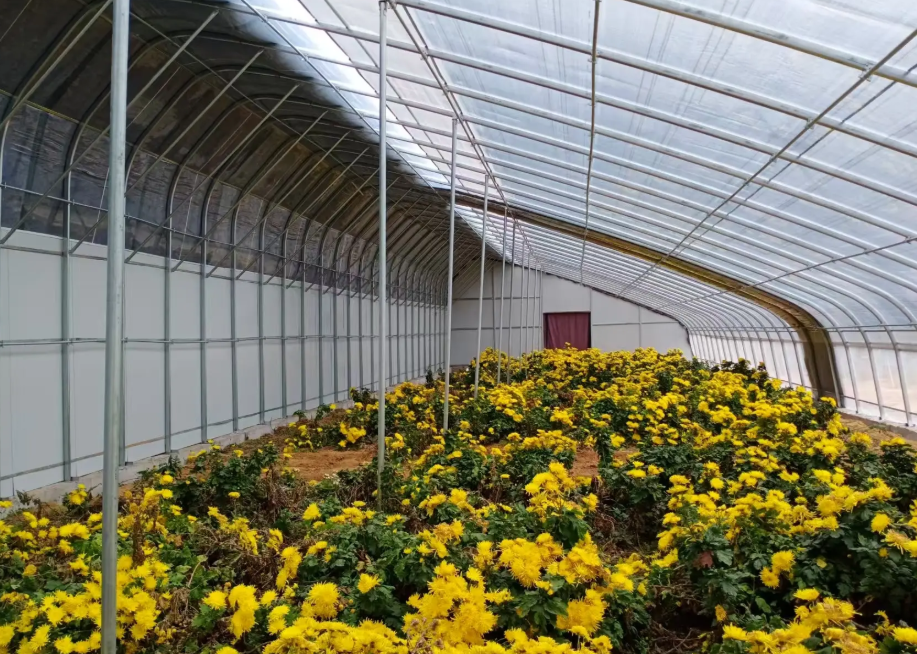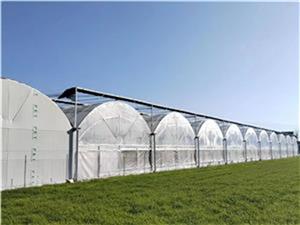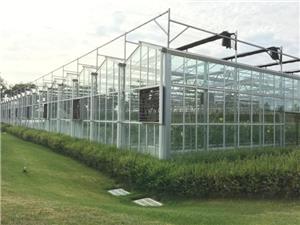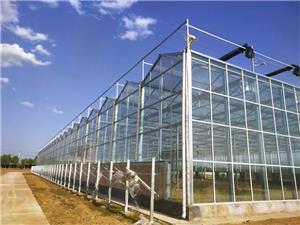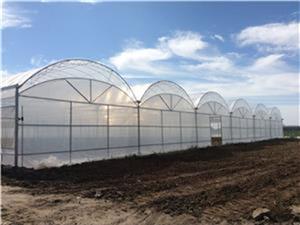Greenhouse insect-proof net
Analysis of the Advantages and Disadvantages of Adding Insect Screens to the Ventilation Openings of Greenhouses
In modern agricultural production, greenhouse facilities play a pivotal and indispensable role in achieving high-quality and high-yield crop production. Among them, agricultural greenhouses and film greenhouses, each with their own characteristics, are widely used in the cultivation of various crops. In the management of these greenhouses, a common question has drawn the attention of many farmers: Is it necessary to add insect screens to the ventilation openings? In order to create an excellent growth environment for crops and effectively prevent and control pests and diseases, many farmers choose to install insect screens at the ventilation openings of greenhouses. This measure, like a double-edged sword, has significant advantages but also certain limitations.
The most remarkable advantage of insect screens lies in their powerful pest prevention effect. All kinds of pests, such as aphids, whiteflies, thrips, etc., find it difficult to penetrate the insect screens and enter the greenhouse. For example, when growing cucumbers in a film greenhouse, the insect screen can effectively prevent the invasion of melon aphids, greatly reducing the probability of pests laying eggs, reproducing, and harming crops in the greenhouse, and effectively preventing the outbreak of pest damage. This not only ensures the healthy growth of cucumber plants but also reduces the use of pesticides, improves the quality and safety of vegetables, and makes them more in line with the concept of green and environmental-friendly consumption. In agricultural greenhouses, insect screens can also protect a variety of crops from pest attacks and escort the growth of crops.
Insect screens can also play a certain role in regulating temperature, humidity, and light. In the hot summer, for both agricultural greenhouses and film greenhouses, it can block part of the direct sunlight, reduce the temperature in the greenhouse, and prevent crops from suffering from high-temperature damage. At the same time, the insect screen can reduce the air flow rate and maintain a relatively stable humidity environment in the greenhouse, which is conducive to the growth of crops. In terms of light, the insect screen will scatter the light appropriately, making the light distribution in the greenhouse more uniform, avoiding overly strong or weak light in local areas, and providing more suitable light conditions for crops.
In addition, the use of insect screens helps to reduce the amount of pesticides used. Since the insect screens block pests, the number of chemical pesticide sprays is reduced, which not only reduces production costs but also reduces the pollution of the environment and agricultural products by pesticide residues, which is conducive to the development of ecological agriculture and the protection of ecological balance. This is of great significance for the sustainable development of agricultural greenhouses and film greenhouses.
However, adding insect screens to the ventilation openings of greenhouses is not perfect. In terms of ventilation, the presence of insect screens will hinder ventilation to a certain extent. Especially in the high-temperature season, if the ventilation volume is insufficient, the hot air in the greenhouse is difficult to discharge, which can easily lead to excessive temperature, affecting the normal photosynthesis and respiration of crops, and even causing problems such as poor plant growth and the breeding of diseases. Moreover, the higher the mesh count of the insect screen, the better the pest prevention effect, but the greater the ventilation resistance, and a trade-off needs to be made between the two. Whether it is an agricultural greenhouse or a film greenhouse, this problem is faced.
Insect screens need to be cleaned regularly. Otherwise, the accumulation of dust and debris will affect their pest prevention and ventilation effects. Daily maintenance also includes checking whether the insect screen is damaged. If there is damage, it needs to be repaired in time to prevent pests from taking advantage of the loopholes. These maintenance tasks require a certain investment of manpower and time costs. This undoubtedly increases the difficulty of management for busy farmers.
Installing insect screens will increase the construction cost of greenhouses, including the purchase cost of the insect screens themselves, as well as the auxiliary materials and labor costs required for installation. For some small farmers or growers with limited funds, this may cause certain economic pressure. Moreover, due to factors such as wind, sun, and aging during the use of insect screens, they need to be replaced, further increasing the long-term use cost. When installing insect screens in agricultural greenhouses and film greenhouses, these economic factors need to be considered.
When deciding whether to add insect screens to the ventilation openings of greenhouses, growers need to comprehensively consider their own planting needs, economic strength, management ability, and other factors, weigh the pros and cons, and make the most suitable choice to maximize economic and ecological benefits. For farmers who grow high-value crops, have strong economic strength, and manage meticulously, the advantages of insect screens may be more prominent; while for some farmers who grow ordinary crops, have limited funds, and manage relatively roughly, they need to carefully evaluate the costs and benefits brought by insect screens.
